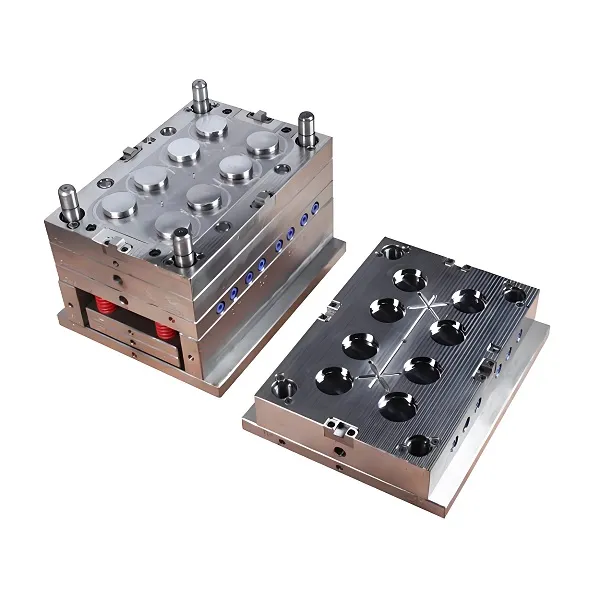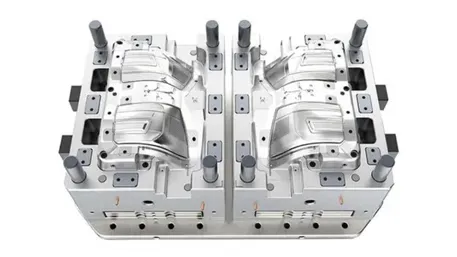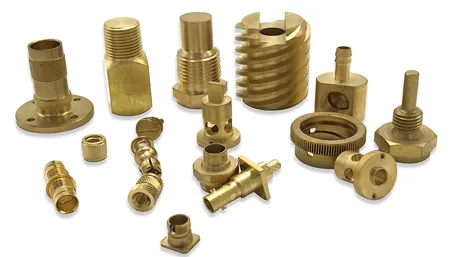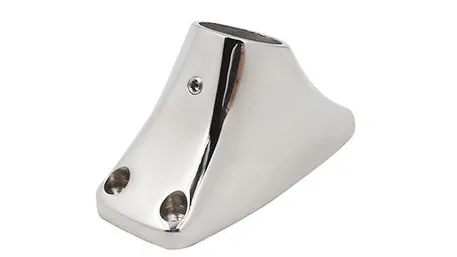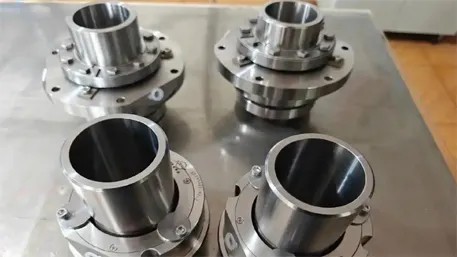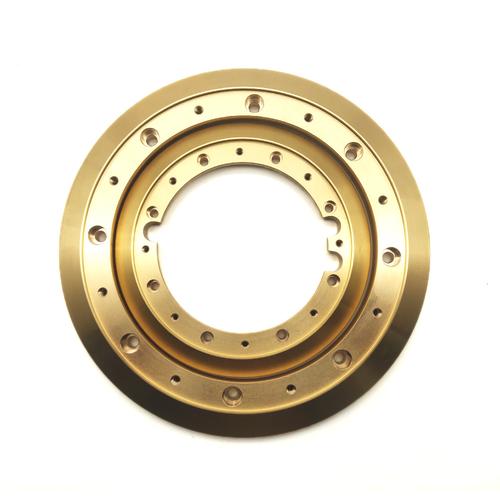In the high-stakes world of aviation, where safety and performance are non-negotiable, the role of CNC (Computer Numerical Control) machining in crafting aircraft parts is of paramount significance. This advanced manufacturing technique has revolutionized the way aircraft components are produced, ensuring the highest levels of quality, precision, and reliability.
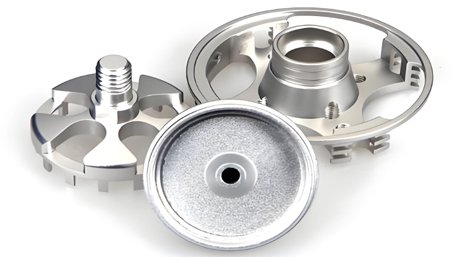
CNC machining involves the use of computer-controlled machines to shape and fabricate parts from various materials with astonishing accuracy. When it comes to aircraft parts, this level of precision is not just a preference but an absolute requirement.
One of the key benefits of CNC machining for aircraft parts is the ability to create complex geometries and intricate designs that are essential for optimal aerodynamics and performance. For example, winglets and airfoils can be precisely shaped to minimize drag and increase fuel efficiency. The tolerances achieved through CNC machining are often in the range of a few microns, ensuring that these components perform exactly as intended in the demanding conditions of flight.
Materials used in aircraft manufacturing, such as titanium, aluminum alloys, and high-strength steels, pose unique challenges that CNC machining is well-equipped to handle. These materials need to be machined with extreme care to maintain their mechanical properties and integrity. CNC machines can apply the right amount of force and speed, minimizing the risk of material deformation or heat damage.
The aerospace industry demands parts that can withstand extreme temperatures, pressures, and mechanical stresses. CNC machining allows for the creation of parts with consistent microstructure and mechanical properties, enhancing their durability and longevity. For instance, engine components like turbine disks and compressor blades undergo rigorous machining processes to ensure they can withstand the high rotational speeds and temperatures inside the engine.
From structural components like fuselage frames and landing gear parts to avionics enclosures and interior fittings, CNC machining is employed across the entire spectrum of aircraft part production. The ability to produce large-scale parts with high accuracy is crucial for maintaining the structural integrity of the aircraft.
In addition to single parts, CNC machining is also used in the manufacturing of molds and dies for composite materials. Composites, which are increasingly popular in modern aircraft due to their lightweight and high strength, rely on precisely machined molds for their production.
Advancements in multi-axis CNC machining have further expanded the possibilities. Machines with five or more axes of movement can access and machine parts from multiple angles, reducing the need for multiple setups and improving overall efficiency.
Quality control is an integral part of CNC machining in the aerospace sector. Sophisticated inspection techniques, including coordinate measuring machines (CMM) and laser scanning, are used to verify the dimensions and geometry of the machined parts. Any deviations from the specified parameters are immediately identified and corrected.
The cost of setting up a CNC machining operation for aircraft parts can be substantial, but the long-term benefits in terms of reduced scrap, improved part quality, and increased productivity outweigh the initial investment. Moreover, as technology progresses, CNC machining is becoming more cost-effective and accessible.
In conclusion, CNC machining is the backbone of modern aircraft part manufacturing. It combines precision, flexibility, and innovation to create components that enable aircraft to fly safely, efficiently, and at the cutting edge of technology. For those outside the aerospace field, understanding the role of CNC machining offers a glimpse into the complex and highly regulated world of aviation manufacturing, where every part counts and quality is everything.

